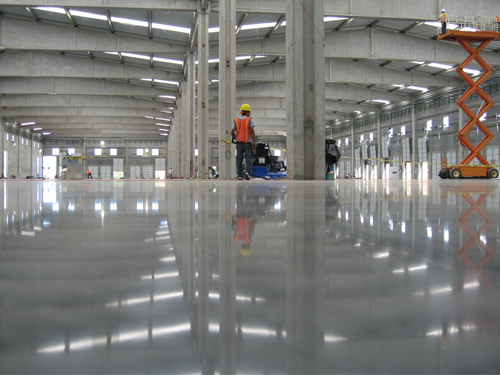
 |
Need Support? |
 Flooring
Epoxy and how it is used in flooring
Flooring
Epoxy and how it is used in flooring
Generally, once the concrete is levelled, smoothed and primed, a mixture of resin and hardening chemicals are then immediately poured over the concrete and allowed to harden...
 Concrete
A Beginner’s Guide to Managing Cracks in Concrete
Concrete
A Beginner’s Guide to Managing Cracks in Concrete
Cracks in concrete are a common sight. While some cracks are inevitable and not of great concern, some are signs of a larger underlying issue. We explore the three main reasons...
 Concrete
Diagnosing 5 Common Concrete Sealer Problems
Concrete
Diagnosing 5 Common Concrete Sealer Problems
When a concrete sealer does not look or perform as expected, the cause can usually be traced back to over-application, application in...
